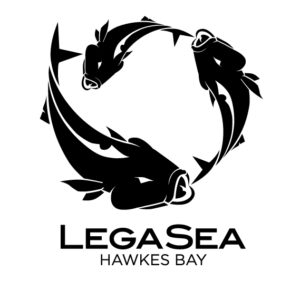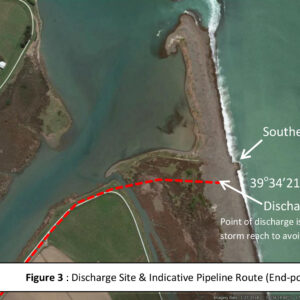If ever there was a need to ban inshore trawling to better allow for recreational fishing, then Hawke’s Bay is a prime example. A 10-year boat ramp survey shows dramatic declines in landings. There is unconstrained trawling inshore.
All parties agree recreational fishing in the Bay needs to improve. Yet after almost two years of negotiations, there is no resolution and locals are getting restless.
With the 2017 election looming Nathan Guy cannot continue to ignore the needs of the people of Hawke’s Bay.
Two years ago the Ministry for Primary Industries promised to use their “toolbox” to improve recreational fishing if nothing was resolved locally. MPI chaired meetings with commercial fishers and LegaSea Hawke’s Bay. Now, neither corporate commercial interests nor the Ministry are willing to shift industrial effort out of the Bay.

Hawke’s Bay locals do not accept that trawling can continue unabated while their gurnard catch has reduced over 10 years, from an average of 2.19 per person per day down to 1.44. That represents a 32% reduction in average catch. Average catch of the prized groper has also slumped, by 77 percent over 10 years.
Average catch of the prized groper has also slumped, by 77 percent over 10 years.
What’s more, there is no allowance set aside for recreational interests in gurnard, flounder or groper. And in fisheries where the Minister has made an allowance, recreational fishers are not catching anywhere near what he has set aside for their interests. Anglers are only catching 37% of their kahawai allowance, half the tarakihi allowance and only 11% of their trevally allowance.
In 2009 the Supreme Court acknowledged recreational interests and useful sections of the Fisheries Act 1996 that can be applied to restrict commercial fishing in an area.
“The Minister has the power under s311 to make such regulations for the purpose of better providing for recreational fishing for a stock in situations where low catch rates for recreational fishers have had a significant adverse effect on their ability “to take their allowance for that stock”.
“Following a process involving dispute resolution and consultation, regulations may be made under s297 closing areas to commercial fishing or prohibiting certain methods of commercial fishing for the stock”.
MPI’s own science notes the stock status within the 50m depth line is uncertain and LegaSea Hawkes Bay can demonstrate recreational fishing success is failing. Locals want meaningful action now. Shifting trawling out of the Bay is the first step to reversing declining trends, yet these requests have been ignored.
Clearly, we are dealing with a bigger beast – the consequence of industry capture, where the bureaucracy charged with administering and regulating commercial fishers is captured by that industry. This unity of voice is very powerful as fisheries management is not a science-driven activity as we are led to believe, policy settings are actually made by agreement between the regulator and the regulated, leaving us to fend for ourselves.
LegaSea Hawke’s Bay is now focusing on generating widespread public support for their efforts to improve the recreational fishing experience in the Bay. Please support them on Facebook – Building LegaSea Hawkes Bay.





